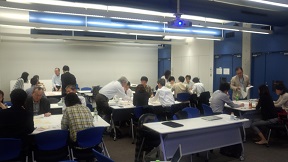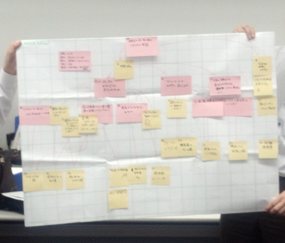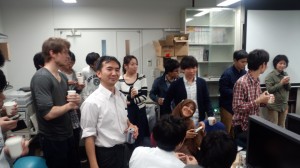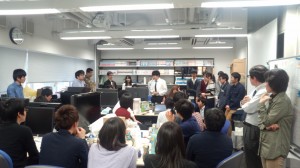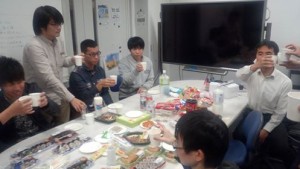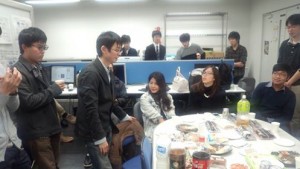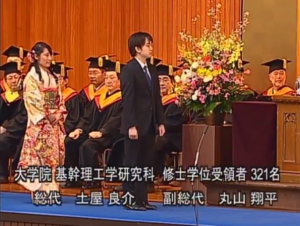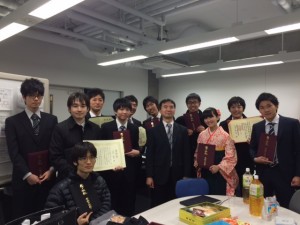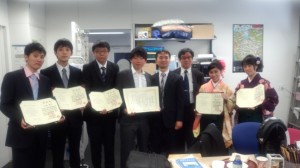Reou Ando, Seiji Sato, Chihiro Uchida, Hironori Washizaki, Yoshiaki Fukazawa, Sakae Inoue, Hiroyuki Ono, Yoshiiku Hanai, Masanobu Kanazawa, Kazutaka Sone, Katsushi Namba, Mikihiko Yamamoto, “How Does Defect Removal Activity of Developer Vary with Development Experience?,” Proceedings of the 27th International Conference on Software Engineering and Knowledge Engineering (SEKE 2015), Wyndham Pittsburgh University Center, Pittsburgh, USA, July 6-8 2015. (to appear)
Because developers significantly impact software development projects, many researchers have studied developers as a means to improve the quality of software. However, most works have examined developers in a single project, and research involving multiple projects has yet to be published. Herein we propose an analysis method which investigates whether an evaluation of developers based on individual experience is feasible when targeting more than one project by the same organization transversely. Our method deals with the logs of the version control system and the bug tracking system. To support this method, we also propose two models to evaluate developer, the defect removal processing rate (DRPR) and developer’s experience point (EXP). The results reveal the following. 1) DRPR cannot be used to compare different projects in the same organization. 2) There is certainly a difference in DRPR’s between experienced and inexperienced developers. 3) EXP should be a useful model to evaluate developers as the number of projects increases. The data obtained from our method should propose the personnel distribution measures within the development framework for future developments, which might lead to improve the quality of software.
